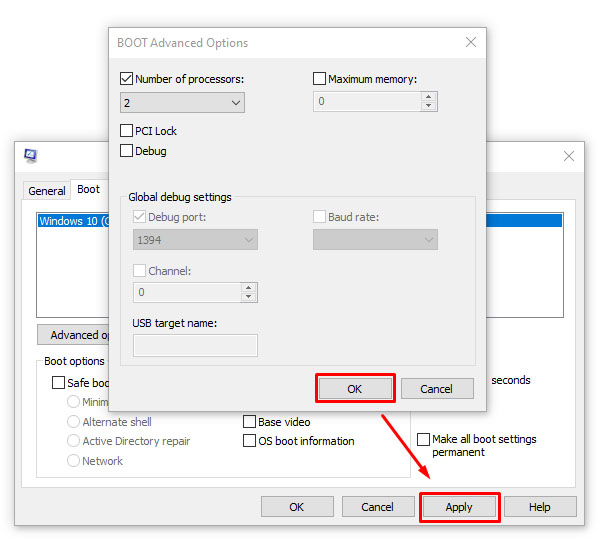

Well, we talk about Core when we refer to a physical integrated circuit located on the processor chip. In addition to the cores, in a processor there are threads or threads, and it is very important to know the difference between the two, because it will directly affect what we are seeing in our operating system or our BIOS. This is exactly the same at AMD as at Intel, they are based on the same principle. To this we add the frequency, the more GHz (Gigahertz), the more operations in each second it will be able to perform. So the more cores, the more processing capacity a processor will have.

In this way, you will be able to perform several operations simultaneously in each clock cycle and thus multiply its performance. Well, when a processor has multiple cores, all these components will be replicated in equal numbers in each core or " Core ". Ī CPU with a single core consists of an ALU (Logical Arithmetic Unit), UC (Control Unit), cache memory, etc. For more than 10 years, there have been processors with more than one core inside their chip, so that we understand it well, the cores of a processor are the elements that are in charge of processing the information. Well, perhaps the most significant element of a processor today is its cores in addition to its frequency. The central processing unit is responsible for executing the operations that we generate after interacting with the interface of the equipment, and thanks to this the electrical signals in the form of bits of information are translated into useful work.
/cdn.vox-cdn.com/uploads/chorus_image/image/69966582/windows_11_unsupported.0.jpg)
The processor of our computer is the element in charge of carrying out all the calculations that a program or operating system generates in our equipment. Index of contents Processors with more than one core Why? So in this article we will see what this consists of activating or deactivating cores, the difference between threads and cores and if it is really recommended to layer our processor and how it is possible to do so. On a PC it is possible to disable or enable all the processor cores, but is it really bad or good? Surely the answer for many is obvious, but there are many users who still have doubts about the working capacity of a processor and the influence on its temperature or its durability.


 0 kommentar(er)
0 kommentar(er)
